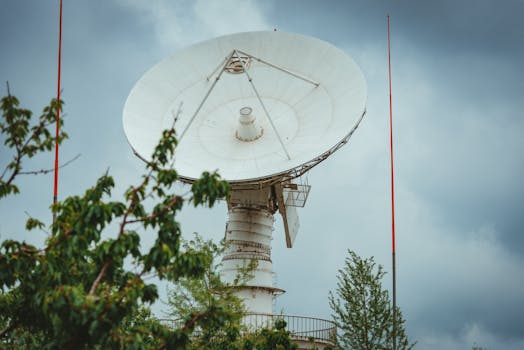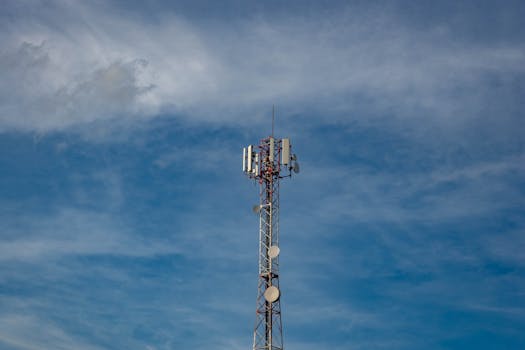
Revolutionizing Connectivity: The Latest Breakthroughs in Satellite Telecommunications
The latest breakthroughs in satellite telecommunications are revolutionizing connectivity, enabling faster and more reliable data transfer across the globe. Satellite telecommunications have come a long way since the launch of the first commercial communications satellite, Intelsat 1, in 1965. Today, satellite telecommunications play a vital role in connecting remote and underserved communities, providing critical services such as voice, data, and internet connectivity.
Advances in Satellite Technology

Recent advances in satellite technology have led to the development of high-throughput satellites (HTS), which offer significantly higher data transfer rates than traditional satellites. HTS use multiple spot beams to focus their signal on specific areas, increasing the amount of data that can be transmitted. This has enabled the widespread adoption of satellite-based broadband services, providing fast and reliable internet connectivity to millions of people around the world.
Another significant breakthrough in satellite telecommunications is the development of low-Earth orbit (LEO) satellites. LEO satellites operate at an altitude of around 1,200 miles, which is much lower than traditional geostationary satellites. This reduces the latency of data transfer, making it possible to support real-time applications such as video conferencing and online gaming. LEO satellites also have the potential to provide global coverage, making them an attractive option for mobile network operators and internet service providers.
Applications of Satellite Telecommunications

Satellite telecommunications have a wide range of applications, from providing critical services such as voice and data connectivity to supporting industrial and commercial activities. Some of the key applications of satellite telecommunications include:
Backhaul services: Satellite telecommunications are used to provide backhaul services, which involve connecting remote cell towers to the core network. This enables mobile network operators to extend their coverage to remote and underserved areas.
Maritime communications: Satellite telecommunications are used to provide communication services to ships and vessels at sea. This enables crew members to stay in touch with family and friends, and also supports critical applications such as navigation and safety.
Aeronautical communications: Satellite telecommunications are used to provide communication services to aircraft, enabling pilots to stay in touch with air traffic control and other aircraft.
Future of Satellite Telecommunications

The future of satellite telecommunications looks promising, with several new technologies and innovations on the horizon. One of the most significant developments is the launch of constellations of small satellites, which will provide global coverage and support a wide range of applications. These constellations will be used to provide low-latency, high-speed data transfer services, making them an attractive option for mobile network operators and internet service providers.
Another significant development is the use of satellite telecommunications to support the growth of the Internet of Things (IoT). Satellite connectivity will play a critical role in supporting the growth of IoT, enabling devices to communicate with each other and with the cloud, regardless of their location.
See more:




